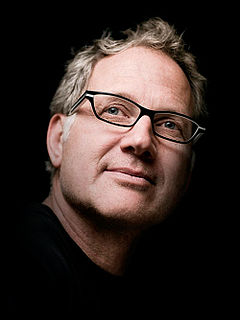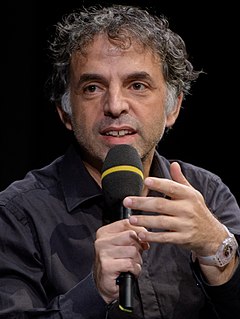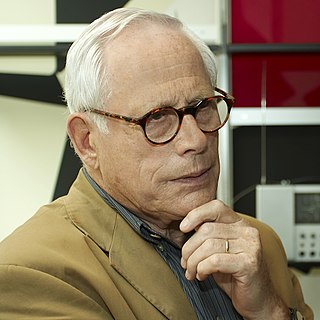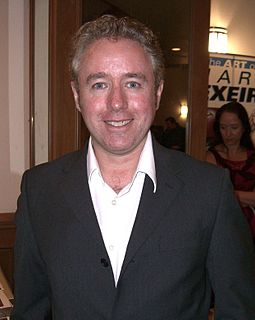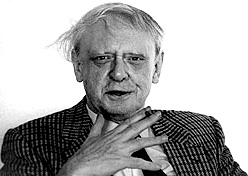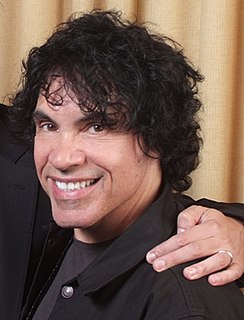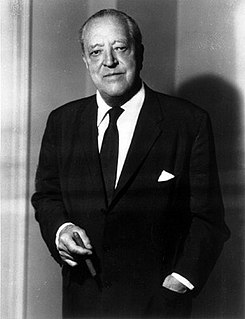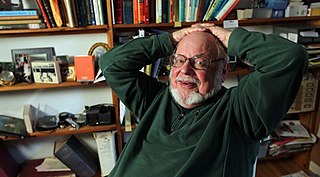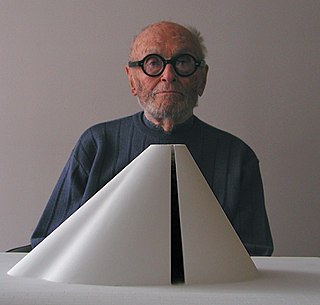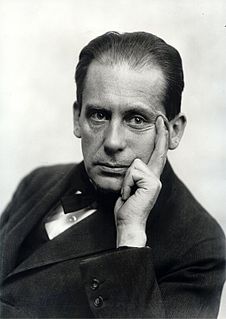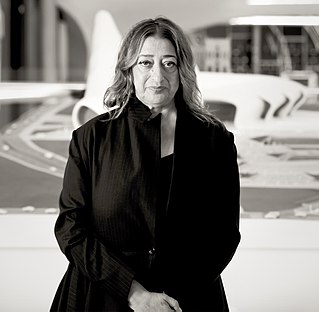A Quote by Tadao Ando
The level of detail and craft is something that's inscribed within the original design concept. And so when I begin to draw, I know what kind of detailing I want the building to have.
Related Quotes
If you look at Gothic detailing right down to the bottom of a column or the capital of a column, it's a small version of the whole building; that's why, like dating the backbones of a dinosaur, a good historian can look at a detail of a Gothic building and tell you exactly what the rest of the building was, and infer the whole from the parts.
Building places that are worth living in and worth caring about require a certain attention to detail, and of a particular kind of detail that we have forgotten how to design and assemble. And that involves the relationship of the buildings to each other, the relationship of the buildings to the public space, which in America, comes mostly in the form of the street. Because it's only the exceptional places in America that have the village square or the New England green. You know. The street is mostly the public realm of America. And we have to design these things so that they reward us.
We have also obtained a glimpse of another crucial idea about languages and program design. This is the approach of statified design, the notion that a complex system should be structured as a sequence of levels that are described using a sequence of languages. Each level is constructed by combining parts that are regarded as primitive at that level, and the parts constructed at each level are used as primitives at the next level. The language used at each level of a stratified design has primitives, means of combination, and means of abstraction appropriate to that level of detail.
There is something about musical narrative and Australians. If you want to do something, you kind of have to do it at a level - because we're so far away from everywhere else - that exceeds what is just normal if you want to convince people that some guy from Australia is worth backing for an original musical.
Good design is innovative
2. Good design makes a product useful
3. Good design is aesthetic
4. Good design makes a product understandable
5. Good design is unobtrusive
6. Good design is honest
7. Good design is long-lasting
8. Good design is thorough, down to the last detail
9. Good design is environmentally friendly
10. Good design is as little design as possible
I think the first thing is don't give up. If you love the craft. If you love being a detective and discovering who a character is and the detail of how they walk and what kind of shoes they wear and what did they do yesterday and what's important to them. I definitely advise actors to learn about the craft.
I love seeing original cartoons. You get to see the artist's corrections, like erasures or Wite-Out or patches, and you get to see the artist's line in better detail, and what kind of ink they use - whether they like a cold black or a warm black, and what kind of paper they like, how big or small they like to draw - art nerd stuff like that.
The place has had a super-conflicted relationship to its mission. In 1956, it opened as the Museum of Contemporary Crafts. Then in 1986 it had a midlife crisis and changed its name to the American Craft Museum. Then in 2002 the name changed again, this time to the Museum of Arts and Design. Maybe in 2025 the place will be called the Designatorium. The big problem with a museum of craft and design is that all art has craft and design.



